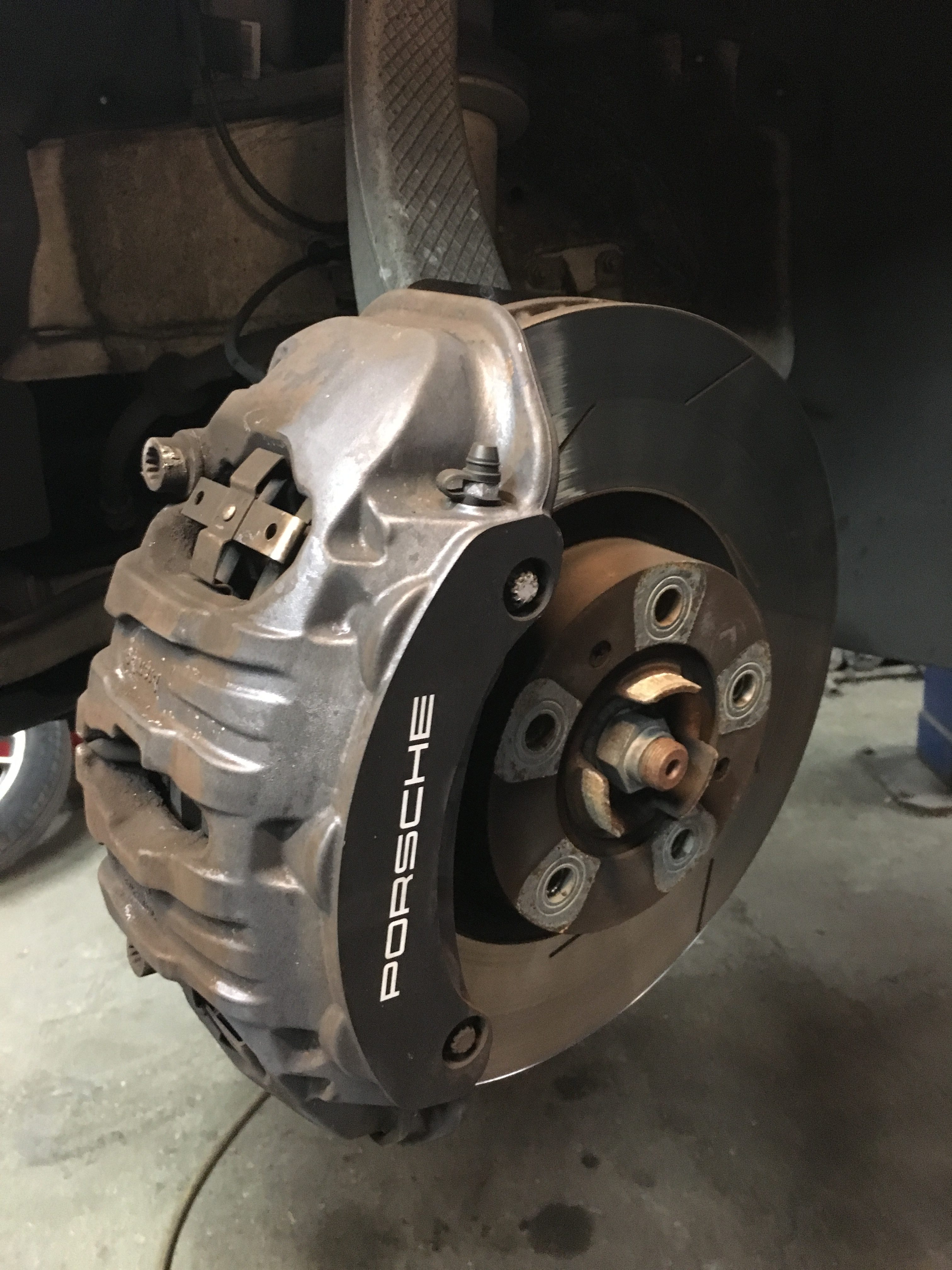Brake calipers are essential to your car's ability to stop. Most cars today have disc brakes, at least for the front wheels. But a lot of cars and trucks are now using disc brakes in the rear, too. In a disc-braking system the car's wheels are attached to metal discs, or rotors, that spin along with the wheels. The job of the caliper is to slow the car's wheels by creating friction with the rotors.
The brake caliper fits over the rotor like a clamp. Inside each caliper is a pair of metal plates bonded with friction material -- these are called brake pads. The outboard brake pads are on the outside of the rotors (toward the curb) and the inboard brake pads on the inside (toward the vehicle). When you step on the brake, brake fluid from the master cylinder creates hydraulic pressure on one or more pistons in the brake caliper, forcing the pads against the rotor. The brake pads have high-friction surfaces and serve to slow the rotor down or even bring it to a complete halt. When the rotor slows or stops, so does the wheel, because they're attached to one another.

